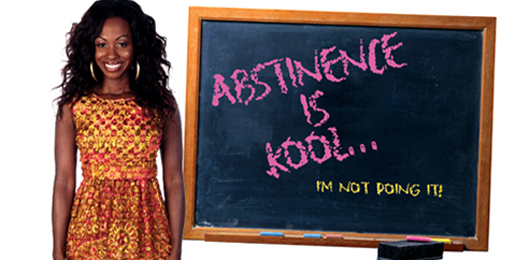
“Teenagers have sex. Deal with it.”
That was a dismissive statement by a blogger in 2012 who taught at Yale University’s School of Public Health.
Fortunately, teens DID deal with it – by NOT having sex. They seemed to have missed this flippant blog and ignored this careless advice from adults who should know better.
On June 9, the CDC released the new 2015 data from the most recent Youth Risk Behavior Survey (YRBS), which updates what we know about youth and their engagement in health risk behaviors. The results show that fewer teens are drinking than before, less are involved in physical fighting, and teen smoking hit its lowest level since the government began tracking it in 1991.
But the big news is the dramatic increase in the percentage of teens who have never had sex.
Since 1991 (the first year the CDC began tracking youth risk behaviors), the percent of high school students who have never had sex has increased 28%. In real numbers, that means that nearly 6 in 10 teens are making the healthiest choice by waiting for sex.[1] The highest percent to date.
When the CDC released the news a few months ago that teen birth rates are now at an all-time low, few suggested that waiting for sex might be a significant reason. Instead, many proposed the decline was due to teens using more contraception, or teens’ concern with the economy, and even the effects of the MTV reality show, “16 and Pregnant.” They weren’t getting pregnant, but many thought it almost inconceivable that teen birthrates might be dropping because teens weren’t having sex!
Valerie Huber, President/CEO of Ascend said, “ Now that we know that the percent of high school students who have never had sex has increased by more than 10% in only 2 years [2], Ascend anticipates a public acknowledgement of the relevancy and efficacy of the Sexual Risk Avoidance (SRA) message in both press and policy. Since being evidence-based is a high commodity in the Teen Pregnancy Prevention arena, there should be a rush to accept and affirm the role that SRA education has played to bring it about this positive trend.”
Astonishingly, some are proposing that teens don’t have time for sex. Why? Because they are so busy interacting on social media. However, this explanation doesn’t wash because the decline began before social media was popular. There is more to the story. The 28% percent increase in students who have never had sex is unprecedented and has been two decades in the making. This fact should calm the concerns of those who have suggested this good news could be merely a statistical blip.
We are seeing an encouraging trend that has been sustained for more than two decades. More teens in every high school grade are waiting for sex in greater numbers than ever before. Overall, almost 60% of all teens have not had sex. The majority of high schoolers are waiting until their senior year to experiment sexually [3] – a time when most schools don’t have any education to reinforce the healthiest choice to wait. Even so, many more High School seniors are waiting than they did 2 decades ago.
Huber added: “I think this data is very clear. It confirms that SRA is realistic and that it resonates with teens. It also tells us that we need to be more intentional with the messages we send to teens – and the importance of giving teens the skills to graduate high school without any of the negative consequences that can surround teen sex. Today, those messages normalize sex, especially for older students. This must change.”
Ascend encourages Congress and local communities to use this new data to give more emphasis on the SRA approach to sex education. Teens themselves are proving waiting is doable. The recent CDC data makes a strong case for SRA education. Policymakers must respond in-kind, rather than capitulating to the troubling sound bite like, “Teens have sex. Deal with it.” Fewer teens are having sex, so we can deal with that by reinforcing their good choices.
Read the results of the entire CDC study here.
[1] YRBS trend data shows that the percent of teens who have never had sex increased from 45.9 in 1991 to 58.8 in 2015
[2] YRBS trend data shows that the percent of teens who have never had sex increased from 53.2 in 2013 to 58.8 in 2015
[3] YRBS trend data shows that teens are waiting longer to have sex. More than half haven’t had sex in 11th grade and 42% haven’t had sex in 12th, up from 33% in 1991. Even Seniors have increased waiting for sex by 27% since 1991.





























